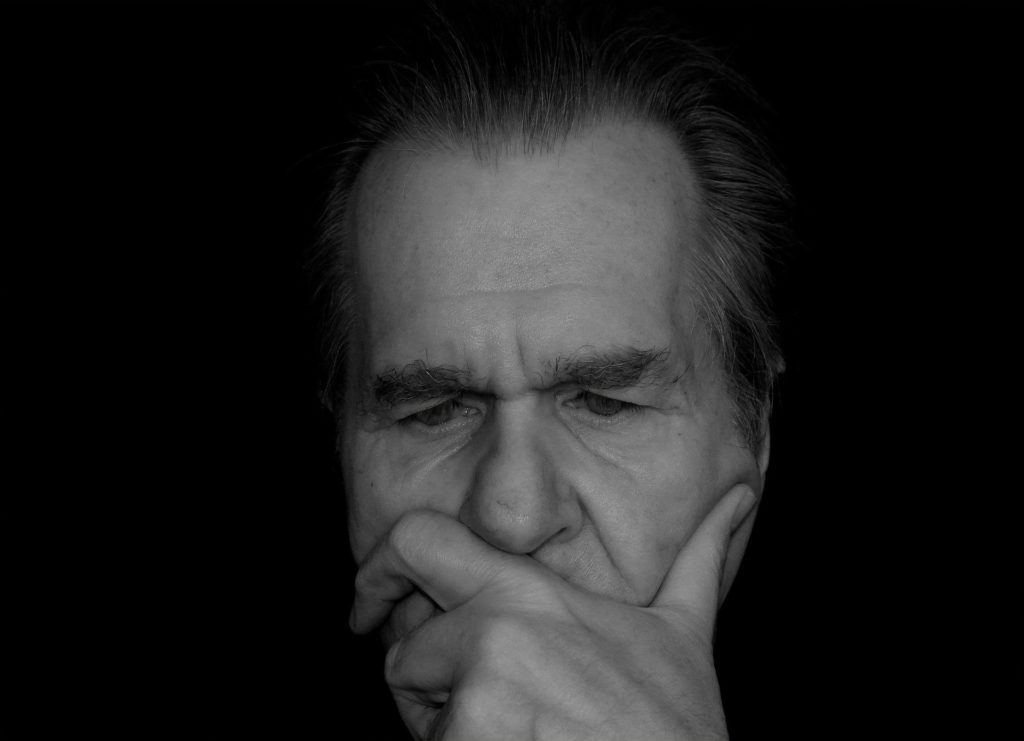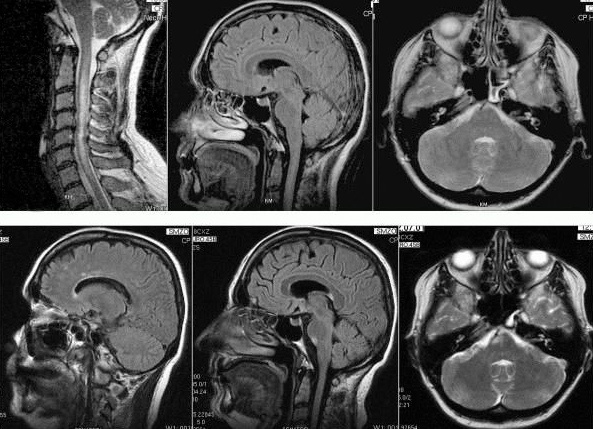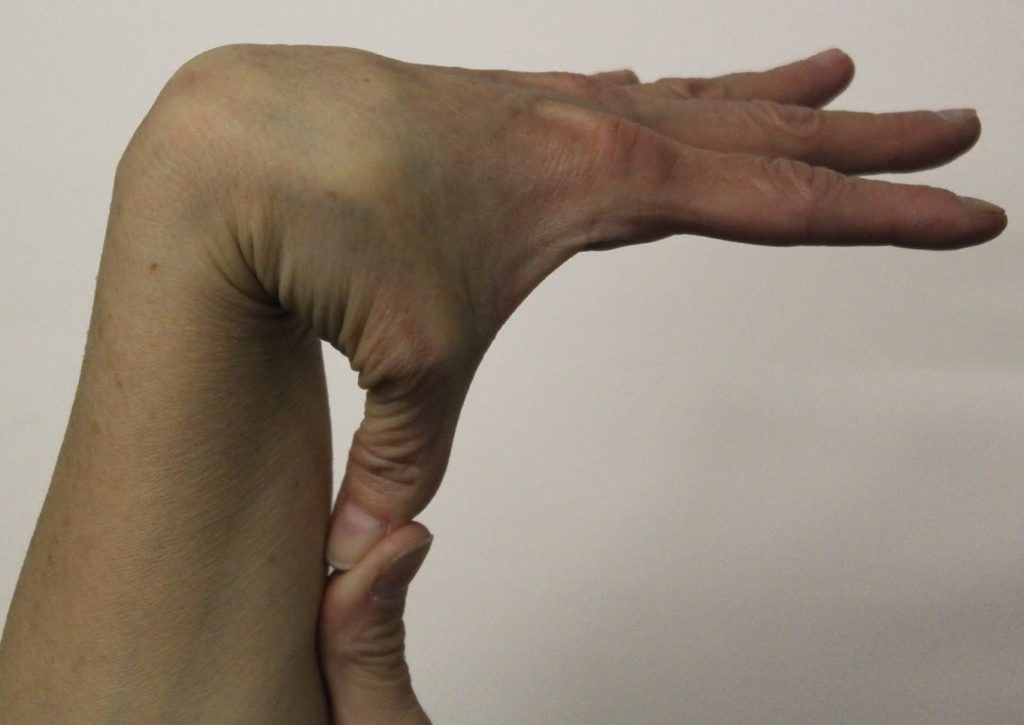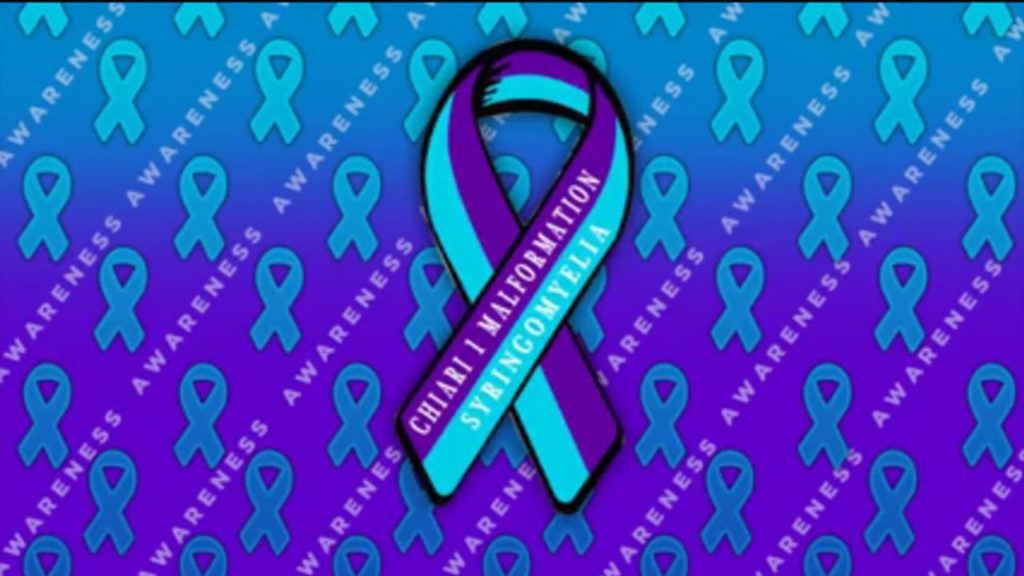
Whether you are experiencing your first episode of sinus pain or are a frequent sufferer, you may wonder if over-the-counter options are an effective way to treat this condition. While over-the-counter options can provide some relief, to truly put a stop to sinus pain and chronic sinusitis, you need to speak with a doctor. Experienced ear, nose & throat specialists, such as those at the Hudson Valley Sinus Center, can effectively diagnose and treat your condition.
Lifestyle Changes Can Ease Symptoms
You don’t always need to head to the drugstore to find relief for your sinus pain and pressure. While lifestyle recommendations will not offer a cure, they can relieve discomfort. In some cases, the sinus issue may resolve without further treatment.
Warm, moist air can provide relief from sinus pain. There are a few ways you can do this. You can take a hot shower, sit in a bathroom with the door shut and the shower running until it gets steamy, or drape a towel over your head and bend over a sink of warm water. The warm, moist air may be enough to allow some drainage of your sinuses, which can provide pain relief.
Staying well hydrated helps to thin the mucus that is blocking your nasal passages and can encourage drainage. It can be a challenge to force yourself to drink water when you don’t feel well, but it can make a huge difference.
Applying a warm rag to your face, covering your nose and cheeks, can provide some temporary relief from the pain and pressure of sinusitis. Lying down with your head elevated while doing so can encourage drainage.
The Problem With Over-the-Counter Treatments
There are a variety of over-the-counter medications that may provide some relief for your pain. Some, like saline nose sprays, have no real downside, but others may slow the healing process. It is important to use good judgment when using any over-the-counter remedy. If you are not feeling better within a few days, or you begin to feel worse, you should visit a doctor.
Saline nose spray does not contain any actual medication. It is a saline solution that you can use to thin nasal secretions, making it easier for them to drain. A neti pot can provide similar relief. You can use it to rinse the nasal cavity, providing temporary relief. It is important to always use distilled water when using a neti pot to prevent the introduction of bacteria into your nasal cavity.
Over-the-counter medications used to treat sinusitis fall may include decongestants, antihistamines, and pain relievers. Decongestants narrow blood vessels. This helps reduce inflammation in the nasal cavities, which can make it easier for your sinuses to drain.
Decongestants are available as nasal sprays or drops and as oral medications. Decongestant nasal sprays and drops can cause rebound congestion if used for more than a few days. It is important to follow the label directions when using these medications. Rebound congestion can lead to swelling in the nasal cavity that creates more discomfort than what you initially experienced. Oral decongestants provide longer-lasting relief than nasal sprays, but there are more side effects associated with oral medications.
Pain relievers, such as acetaminophen and ibuprofen help ease pain caused by the buildup of pressure in the sinus cavities. They don’t improve drainage, but they can ease discomfort enough to help you rest.
If your sinusitis is triggered by allergies, you may benefit from taking an antihistamine. These medications dry out the mucous membrane, but they can also lead to thickening of the mucous, which makes drainage more difficult. Antihistamines are most effective when used before sinusitis develops.
What Type of Treatment Can a Doctor Provide?
As you can see, over-the-counter medications only target the symptoms of sinusitis, they don’t provide treatment. The body may fight off the sinusitis on its own, and over-the-counter medications and lifestyle remedies may enable you to be more comfortable while doing so. If you have recurrent issues with your sinuses, you may want to speak with a doctor about treatment options. There are many very effective sinus treatments available.
If your sinus issues are caused by allergies, visiting an ear, nose & throat specialist, such as the Hudson Valley Sinus Center, for allergy testing followed by prescription medication or immunotherapy may be enough to prevent a recurrence. For other causes of sinusitis, you may benefit from balloon sinus dilation, endoscopic surgery, ClariFix, or other surgical procedure. You will want to discuss the various options with your treatment provider to determine the best choice for your particular case.
The first line of treatment will likely be some combination of prescription medications, such as antibiotics and nasal steroids. If this does not resolve the issue, or if you continue to experience sinus issues, you may be a candidate for surgical intervention. Chronic sinusitis is generally defined as someone who experiences inflammation in the sinus cavity for at least three months.
ClariFix uses cold therapy to stop particular nerves from sending messages that create swelling, postnasal drip, and other sinus issues. It is a minimally-invasive procedure and can treat problems that develop when the nasal cavities are chronically inflamed.
Balloon sinus dilation is an excellent choice for many people who suffer from chronic sinusitis. It is less invasive than traditional sinus surgery and can be performed without the use of general anesthesia. This allows for a quick return to everyday function.
Endoscopic sinus surgery uses an endoscope, which is a tiny camera and light, to visualize the sinus area. Blockages can then be quickly and easily removed, whether they are the result of polyps, natural blockages or scar tissue.
You don’t have to live with chronic sinusitis. There are many very effective treatment options available. Consulting with an experienced ear, nose & throat specialist to get an accurate diagnosis and discuss treatment options can greatly enhance your quality of life.



